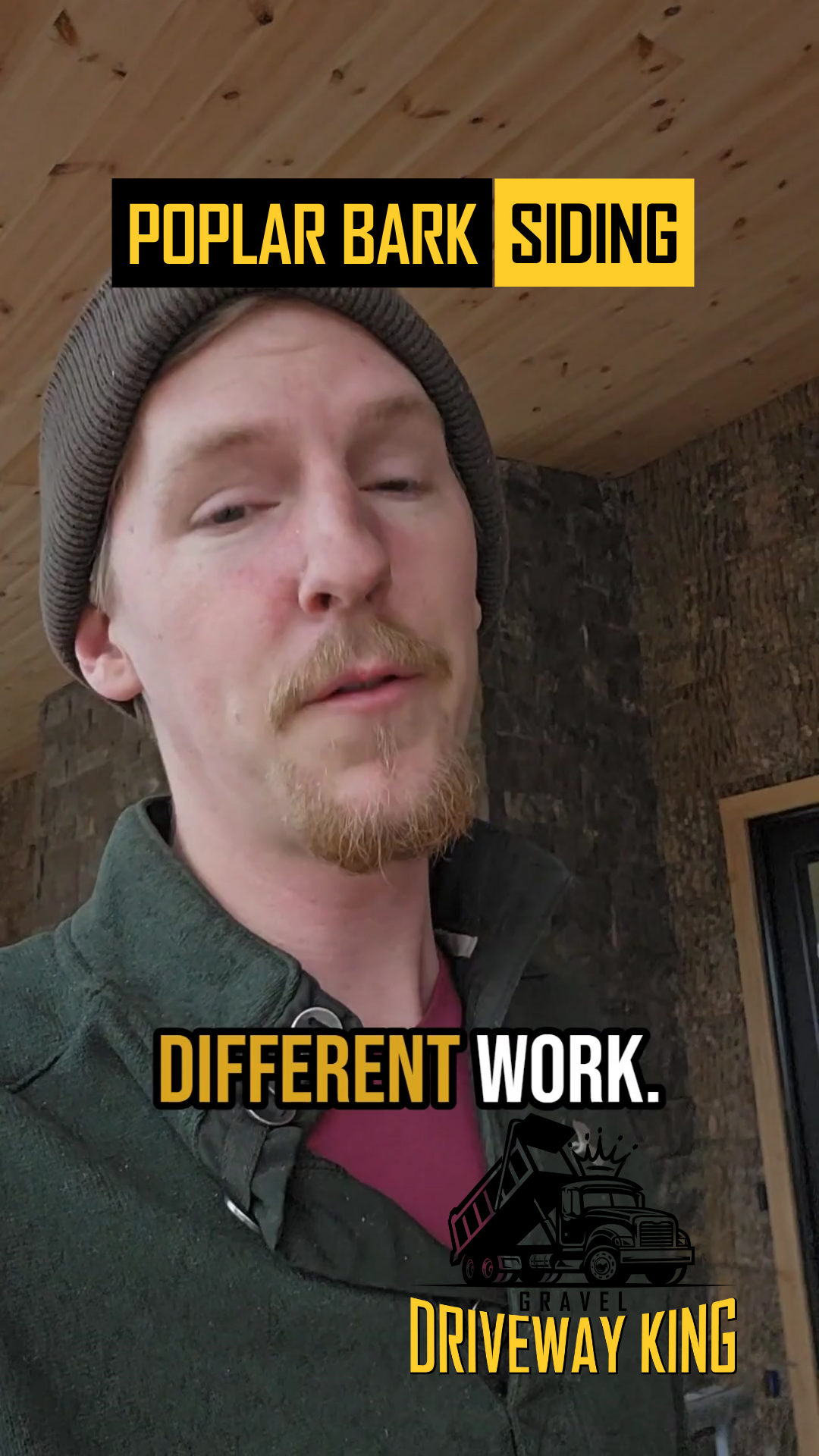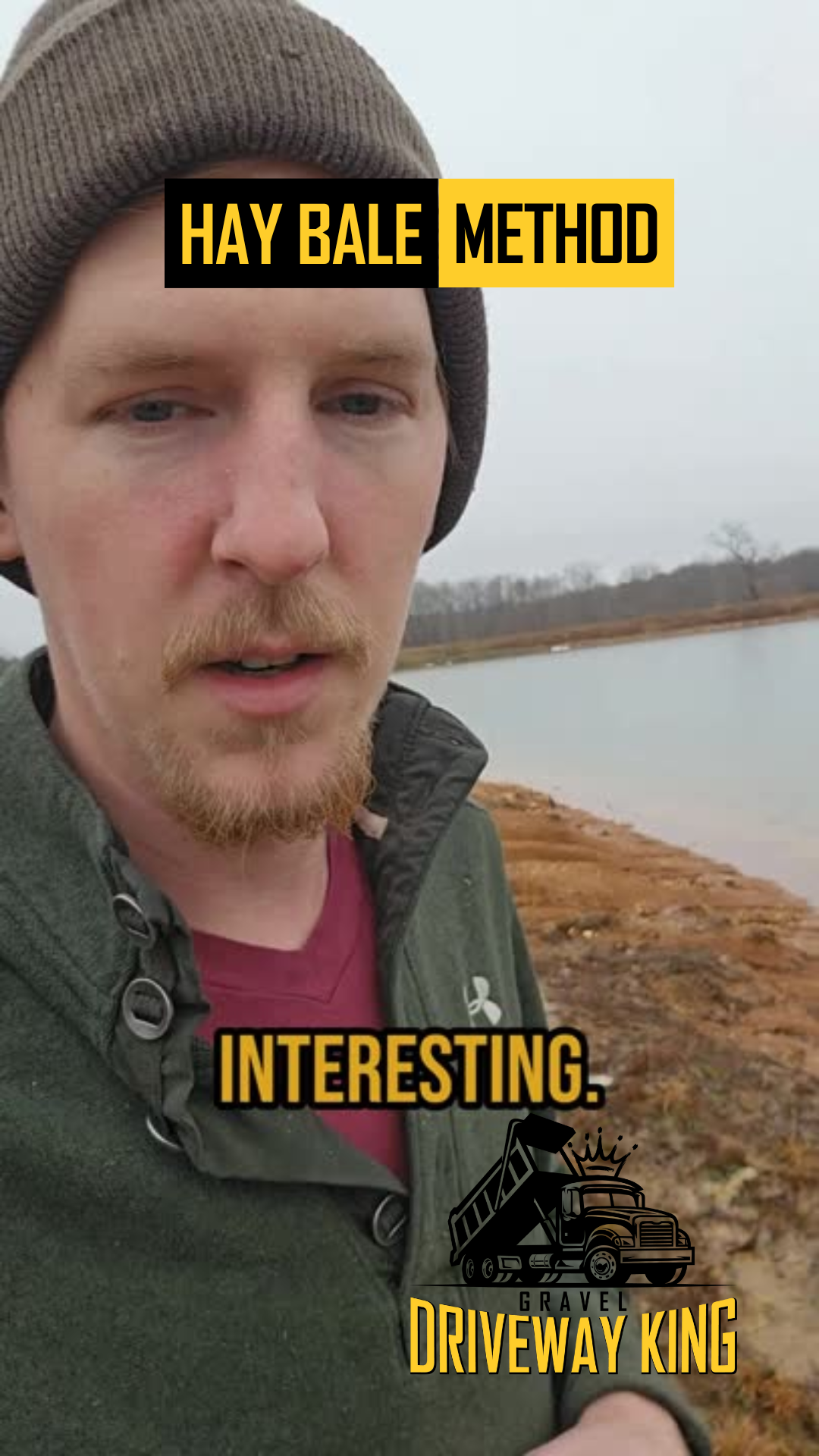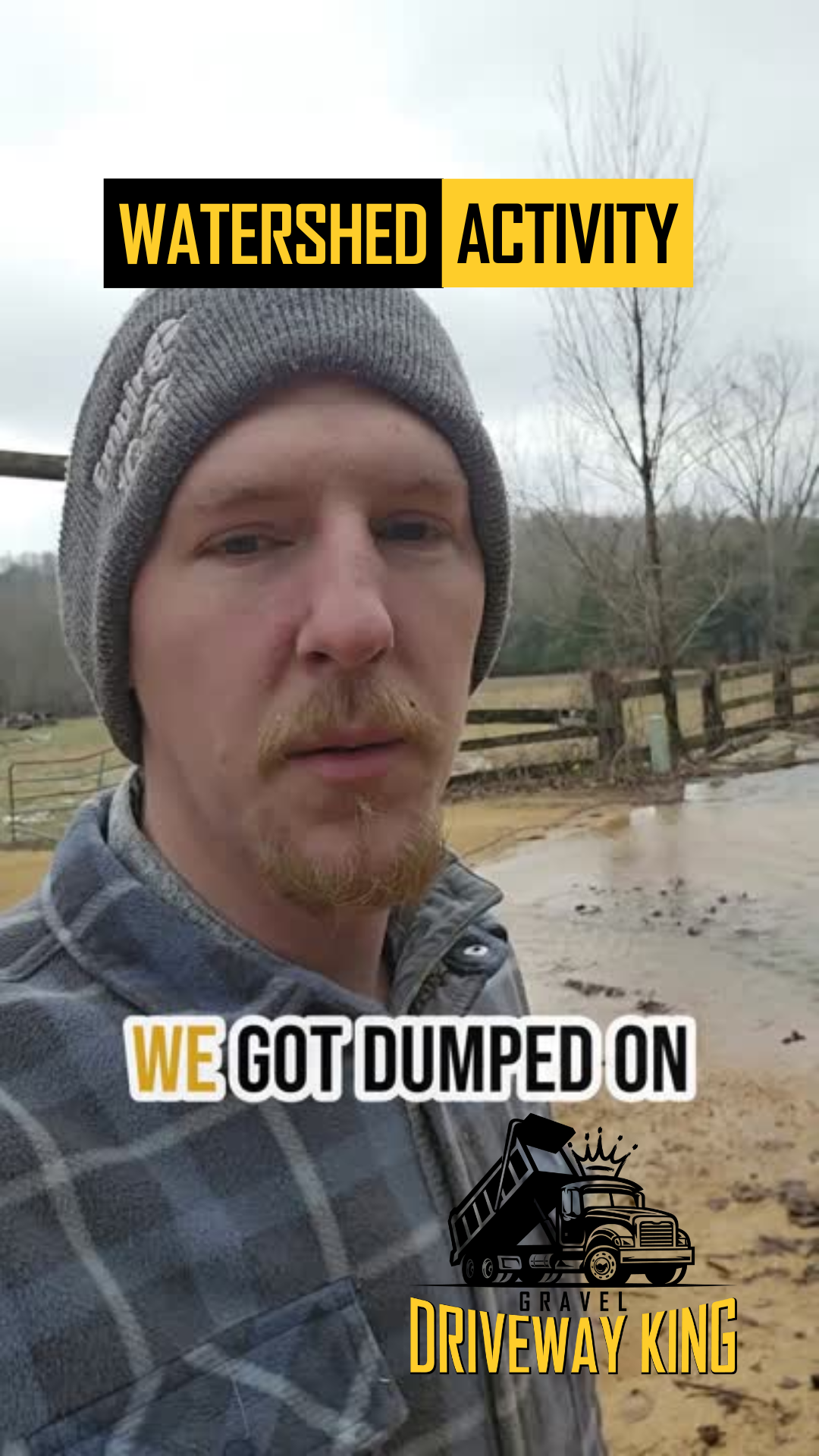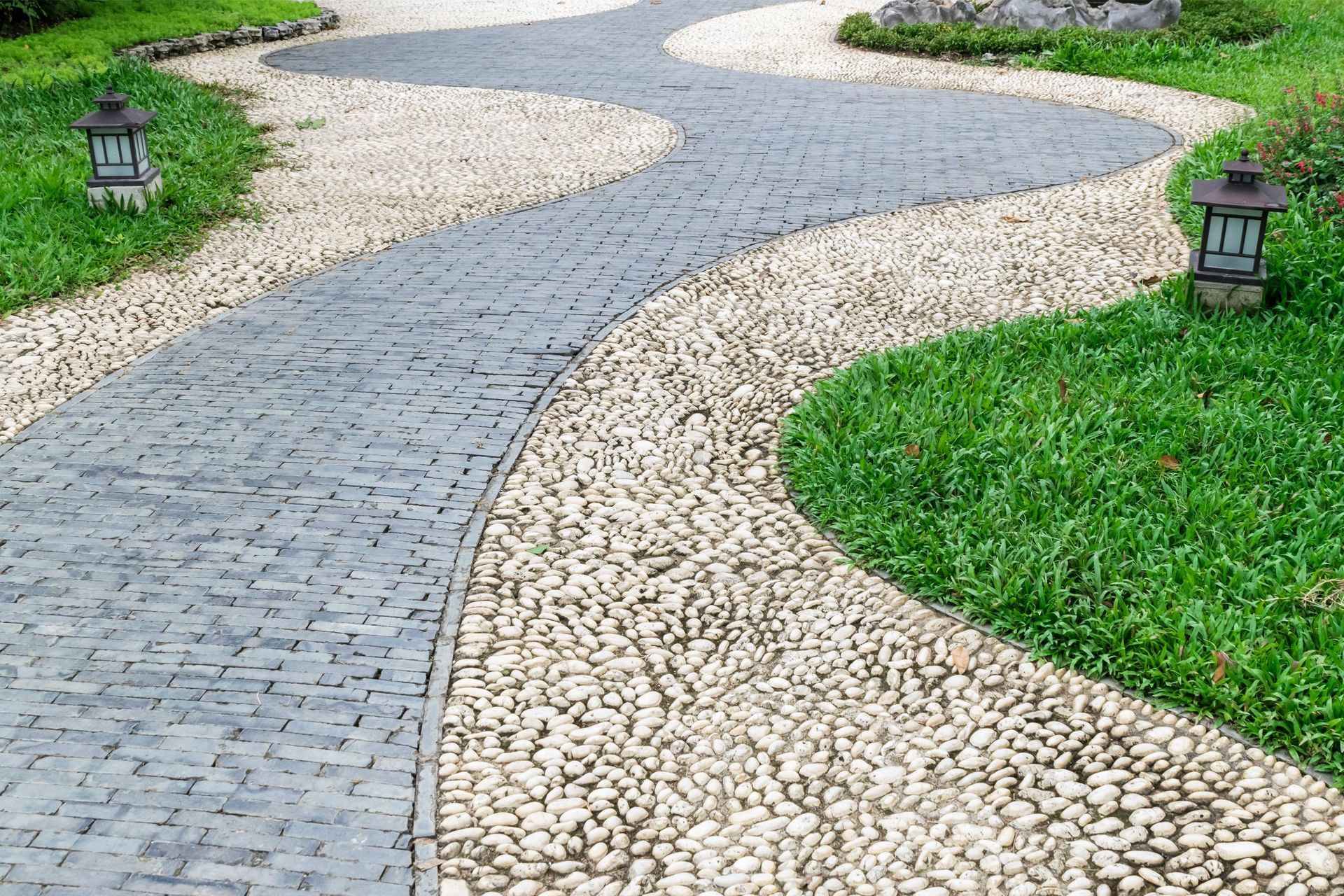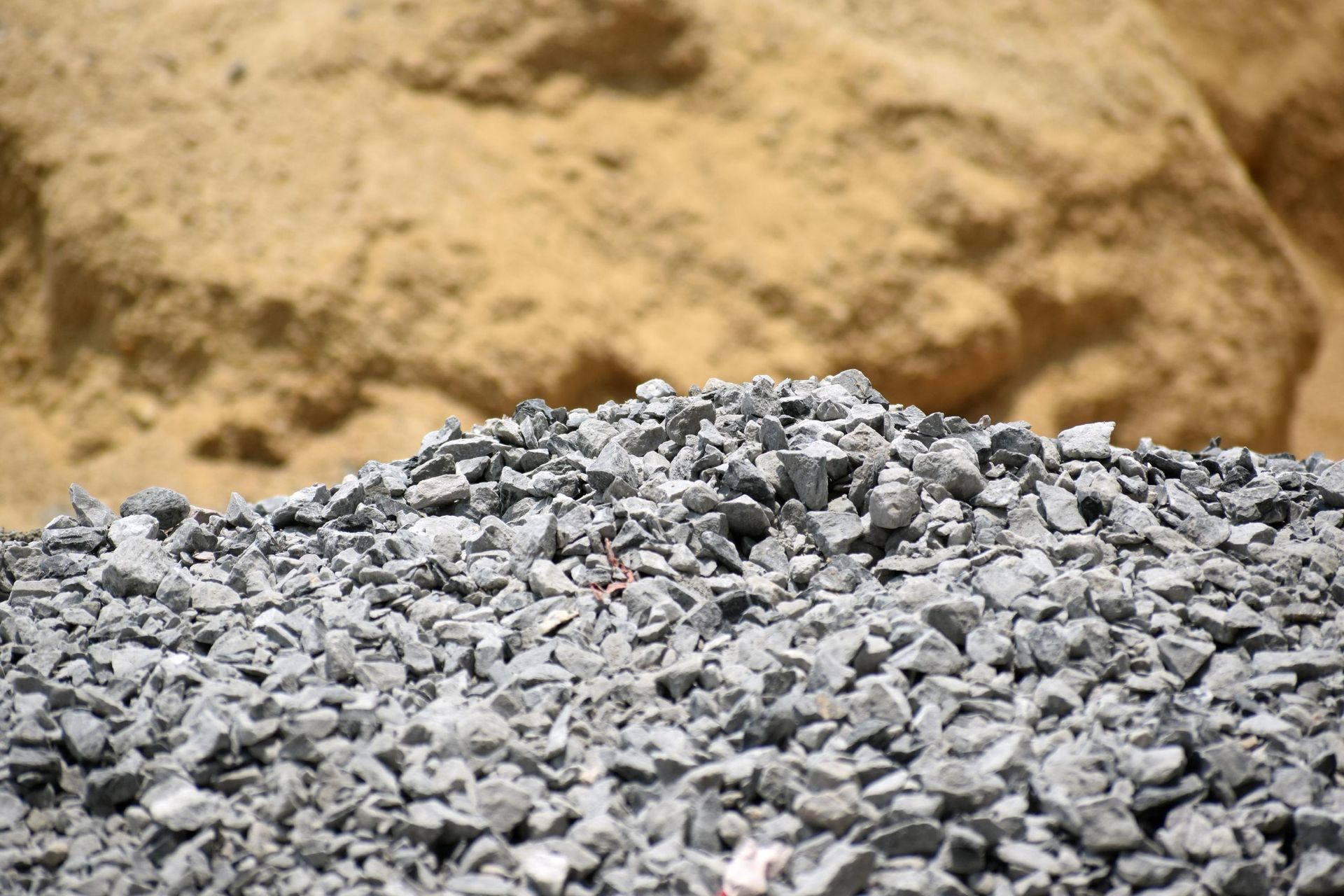Reading the Land: How We Handle Heavy Rain in Middle Tennessee
Introduction
WHEN IT RAINS IT POURS - TYPICAL MIDDLE TN WEATHER
WHEN YOU LIVE OUT HERE, YOU GET USED TO HEAVY SPORADIC RAIN
When several inches of rain hit our farm this week, I grabbed my phone and headed out to check on our creek crossing.
What I found was a perfect example of why understanding your land matters so much here in Middle Tennessee.
Water was everywhere - flowing across roads, filling valleys, and testing every drainage solution we've put in place.
These are the moments that show you exactly how water moves across your property, if you know what to look for.
Welcome to Driveway King!
The Tennessee Rain Reality
Here's something that surprises a lot of folks: Middle Tennessee gets more rainfall than Portland, Oregon. That's right - our region sees serious water, and it's not just during storm season. This regular heavy rainfall shapes everything about how we need to handle water management.
When you live and work here long enough, you learn that water isn't just something that falls from the sky - it's a force that's constantly trying to reshape your land. Every property has its own patterns, its own low spots where water collects, its own natural pathways where water wants to flow. Understanding these patterns isn't just helpful - it's essential for protecting your property.
On our farm, we see this play out every time it rains. The water follows the same paths, collects in the same valleys, and tests the same weak spots. That's why local experience matters so much.
You can't just copy solutions from other parts of the country - you need to understand how water behaves right here in our Tennessee soil, with our rainfall patterns, and our unique terrain.
Reading the Signs - Natural Water Patterns & Problem Areas
You can learn a lot just by watching water flow during a heavy rain.
On our farm road, there's a spot where water pours out of a valley and crosses the road. It's not doing anything wrong - it's just following the natural shape of the land.
Water always takes the path of least resistance, and understanding these natural patterns is the first step in managing it properly.
Take our road crossing, for example.
Where the water flow gets concentrated in one spot, we're seeing erosion.
That's because instead of spreading out across a flat surface, all that water force hits one area.
It's like using a pressure washer instead of a garden hose - the more concentrated the flow, the more power it has to cause damage.
Smart Solutions in Action
The good news is, once you understand how water moves, you can work with it instead of against it.
On our farm, we built up the driveway bank to create a natural barrier.
This doesn't stop the water - you can't really stop water - but it guides it where we want it to go.
The water gets directed to a collection pond we built, and from there it flows safely to the creek.
These aren't complicated solutions, but they work because they're based on reading what the land is already trying to tell us.
We've got a good six inches of clearance before water would overflow our built-up areas, even during heavy rains like this.
That's not by accident - it's from years of watching and learning how much water we need to plan for.
Practical Lessons
The biggest lesson here is simple: water will always find a way.
Your job isn't to stop it - it's to give it somewhere good to go.
Whether it's a farm road or a residential driveway, the principles are the same.
You need to:
- Watch how water naturally flows across your property
- Look for signs of erosion or water damage
- Think about where you want the water to go instead
- Build solutions that work with natural patterns, not against them
What This Means for Property Owners
You don't need to be a water management expert to start understanding your property better.
Next time it rains, take a walk around (safely, of course) and notice a few things:
- Where does water collect?
- Which direction does it flow?
- Are there any spots where soil is washing away?
- Where does the water end up?
These simple observations can tell you a lot about potential problems before they become serious.
And here in Middle Tennessee, catching issues early can save you a lot of headaches - and money - down the road.
IN CLOSING
There's an old saying that you can't control nature, but you can work with it. After years of watching how water moves across our Tennessee landscape, I've learned that's especially true when it comes to managing rainfall.
Whether it's a farm road, a driveway, or any other part of your property, success comes from reading what the land is telling you and making smart choices based on that knowledge.
If you're seeing water problems on your property, or you'd like someone to take a look at how water moves across your land, give us a call.
We'll bring our local experience and practical know-how to help you find solutions that work with your property's natural patterns, not against them.
